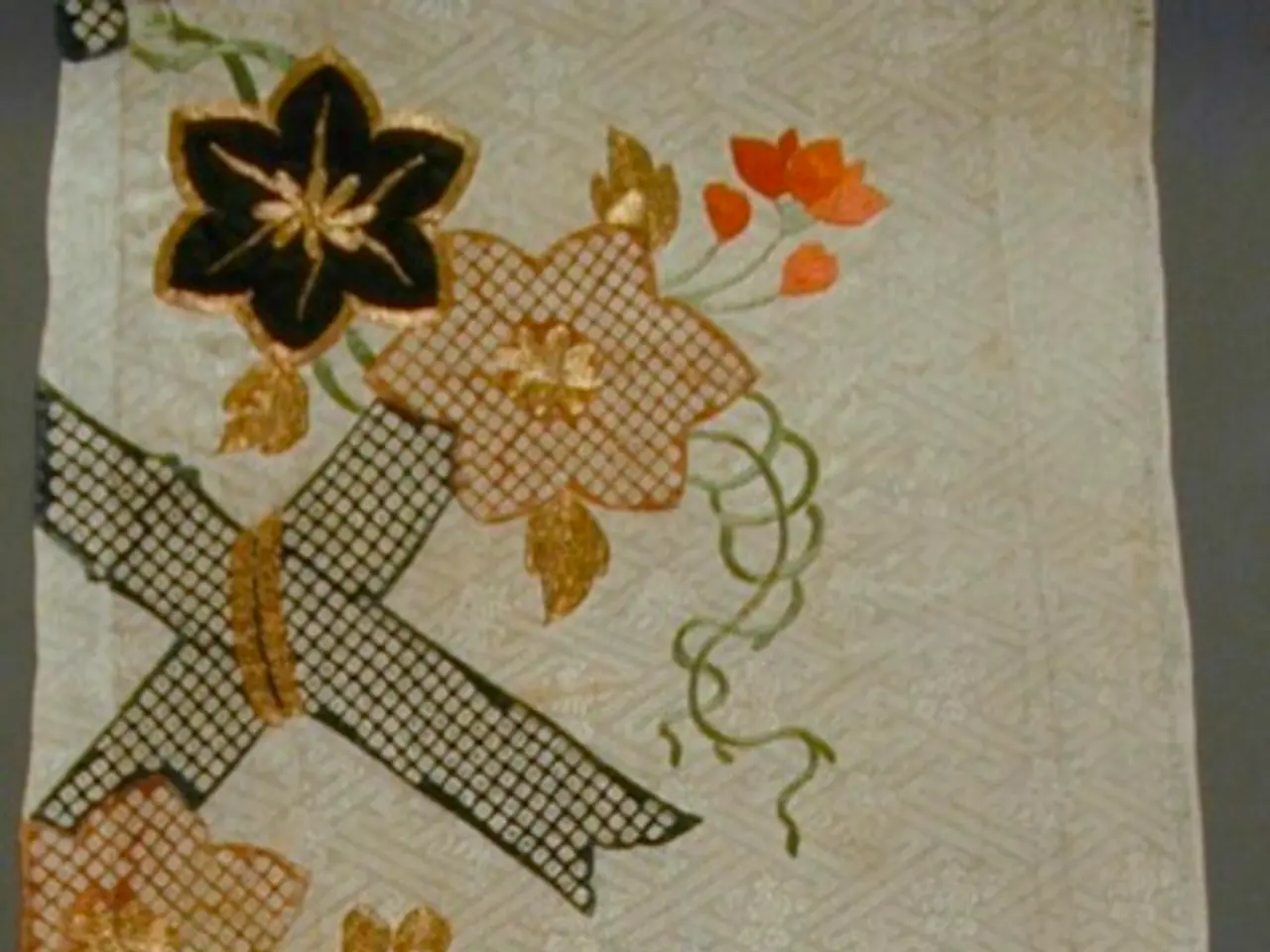Differences in Quality Among Various Linen Products
In the realm of textile production, organic European linen stands out from its non-organic and non-European counterparts due to its commitment to chemical-free certification, gentle processing, and adherence to ethical and sustainable agricultural practices.
The chemical-free certification of organic European linen, such as the OEKO-Tex standard, ensures that it is free from harmful chemicals commonly used in conventional textiles. This is particularly important as harsh chemicals like sodium hydroxide, often used in linen production, can cause skin irritations and maintain hypoallergenic qualities, making it ideal for sensitive and allergy-prone skin.
The enzymatic treatment used in the lignin removal process for organic European linen is a testament to this commitment. Unlike conventional methods, which may rely on harsh substances that leave residues causing irritation, this approach is gentler and more environmentally friendly.
The retting process, which separates the flax stems from the linen fiber, also sets organic European linen apart. While specific retting details are not always stated, the enzymatic treatment suggests a natural, safer approach likely tied to organic or enzymatic retting methods. These methods, which are prevalent in European linen production, minimize chemical use compared to chemical retting common in other products, which use stronger alkalis.
Moreover, organic European linen is sourced from regions where stringent environmental and labor regulations encourage sustainable practices and fair working conditions. This commitment to ethical sourcing is reflected in certifications such as the Global Organic Textile Standard (GOTS), which ensures fair employment practices and safe working conditions.
The GOTS certification includes criteria such as no forced labor, freedom of association, no child labor, no discrimination, a national living wage, and safe working conditions. It also ensures that migrant workers are treated the same as local workers and that there is no harassment or violence, working hours do not exceed 48 hours per week, and there is no precarious employment or subcontracting without intention to offer employment.
The dew retting process used in the production of organic European linen is another factor contributing to its eco-friendliness. This process, which requires no additional water or chemicals, takes 2 to 8 weeks. In contrast, water retting, used in parts of the world unsuitable for dew retting, submerges flax plants in water and takes less time (1 to 2 weeks). However, today, water retting wastewater is treated before it is released back into the ecosystem.
In summary, organic European linen offers a safer, more skin-friendly, and environmentally responsible linen product compared to non-organic or non-European equivalents. Its chemical-free certification, enzyme-based gentle processing avoiding harmful chemicals, and adherence to ethical and sustainable agricultural practices under strict European regulations make it a superior choice for those seeking sustainable bedding solutions.
- In the fashion-and-beauty sector, brands using organic European linen can promote their commitment to chemical-free, hypoallergenic, and sustainable fabrics, appealing to consumers with sensitive skin or ethical concerns.
- For individuals pursuing a lifestyle focused on education-and-self-development, understanding the origins and production processes of organic European linen can be a valuable learning experience, offering insights into sustainable and responsible textile manufacturing practices.




